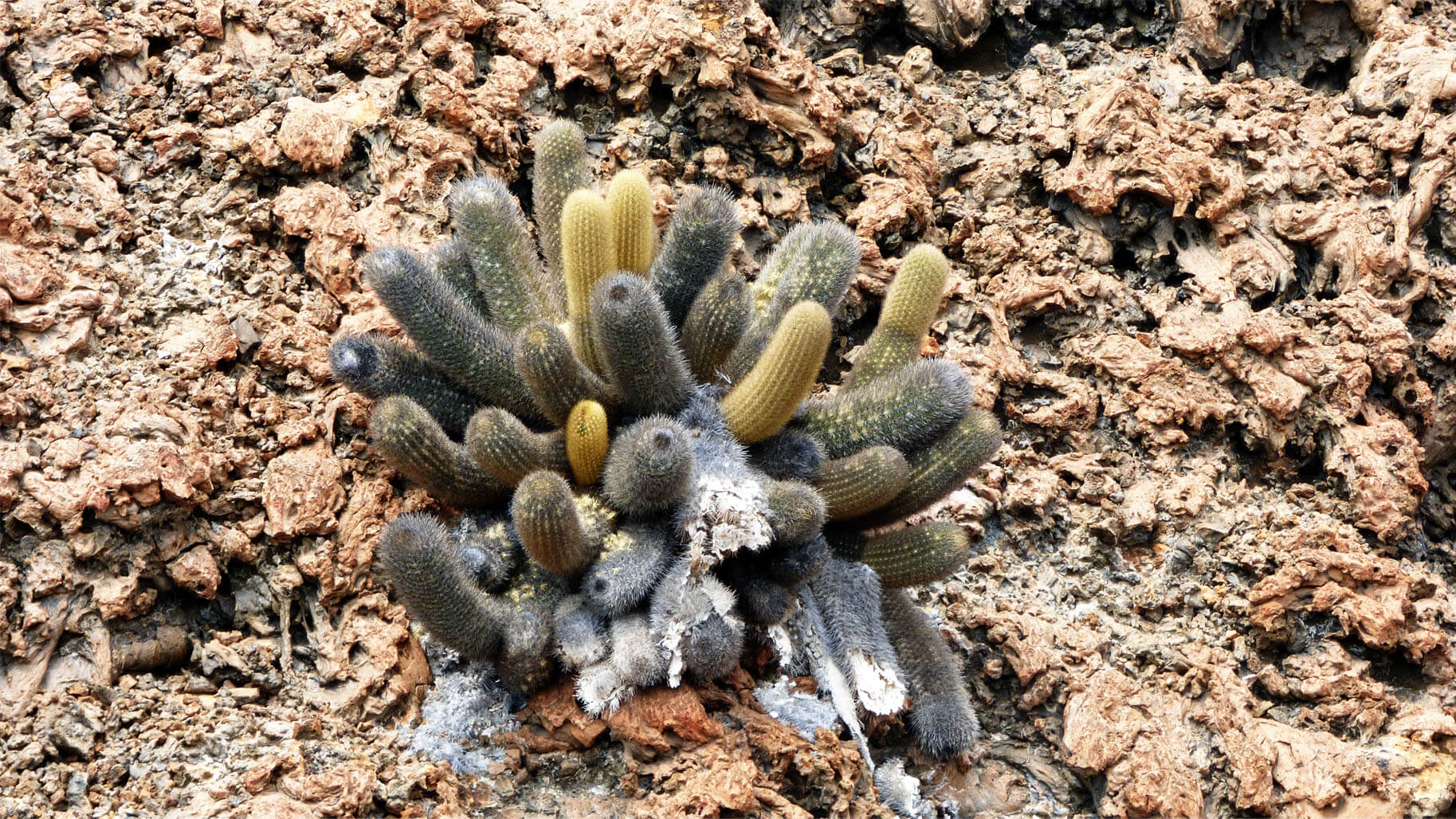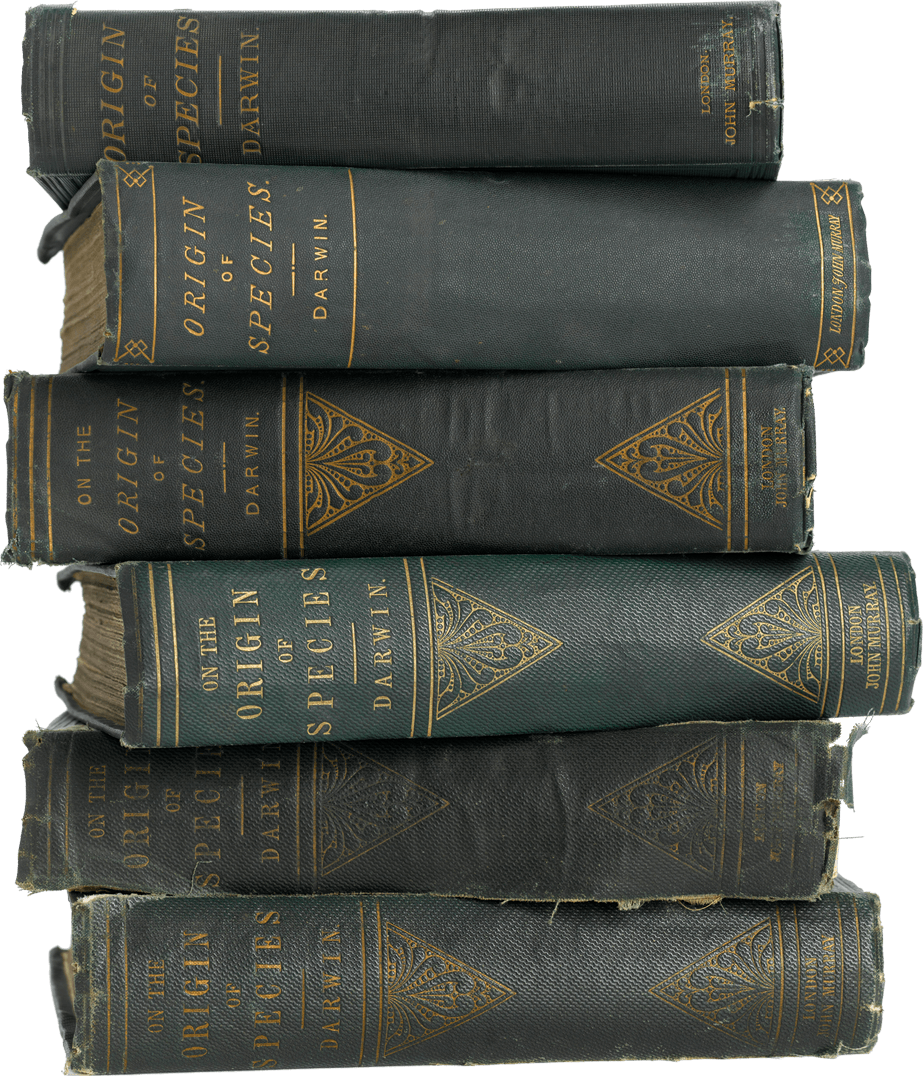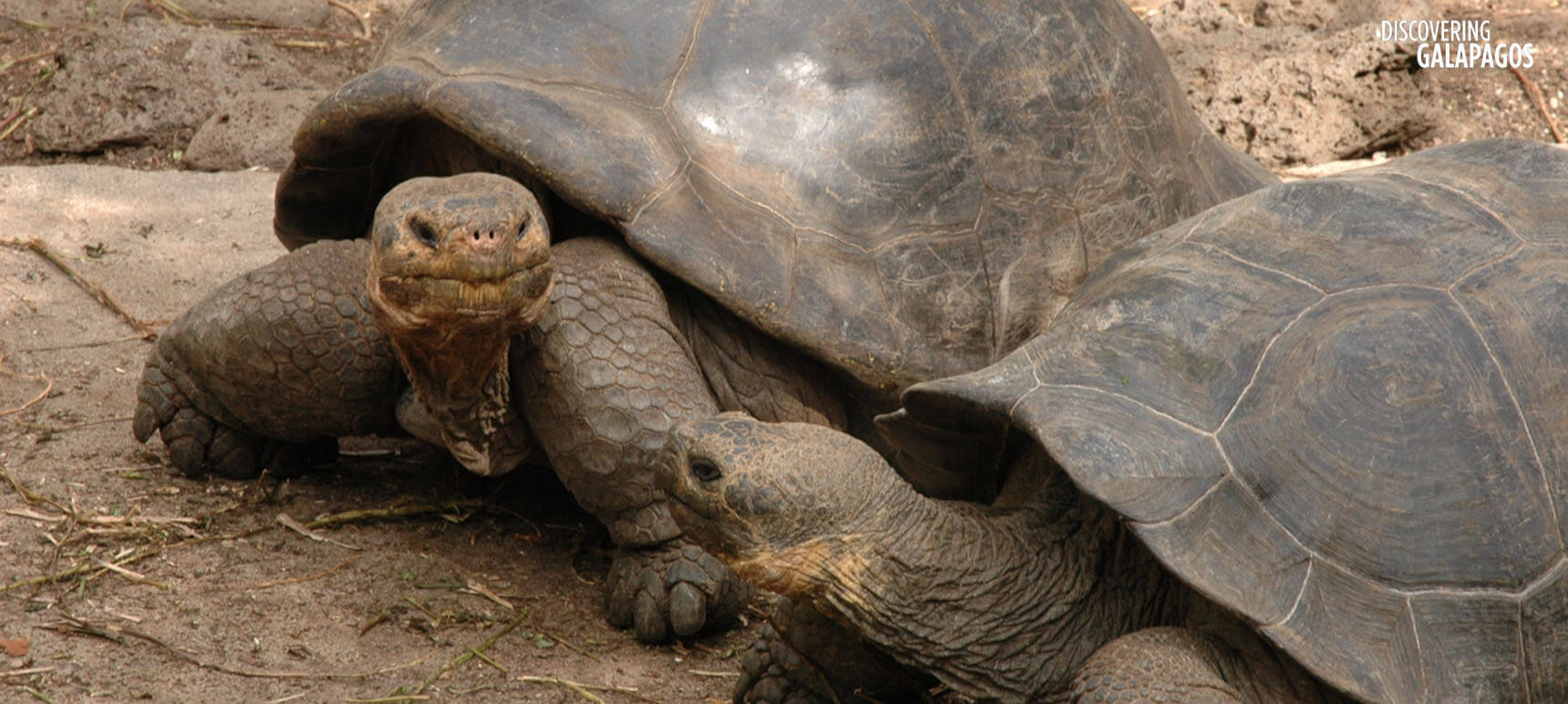Basic Concepts in Genetics
Living organisms are made up of cells. Within each cell there are genes, which hold the biological information that is essential for the growth of new cells. Genes are like instruction manuals and contain codes that determine biological characteristics, such as the size, shape or colour of particular features (e.g. skin, hair, eyes, and limbs).
Stores of biological information
Genes are made from molecules of deoxyribonucleic acid (DNA), which join together to form a double helix shape. Genes string together inside cells to form chromosomes, which are huge stores of biological information.
An organism’s genes are passed down from their parents through inheritance. An organism does not inherit all of their parents’ genes. Instead, they inherit some from their mother and some from their father. The process of inheritance is random, and for this reason, the appearance of offspring cannot be predicted.
Variation among individuals
The instructions within a chromosome vary between individual organisms of the same species. For example, all Galapagos giant tortoises will have slightly different genes (unless they are identical twins!) and will therefore look slightly different. This is known as genetic variation.
Variation can be either continuous or discontinuous. Height is an example of continuous variation, as an individual can be any height between the minimum and maximum height for that species. Gender is an example of discontinuous variation, as an individual can either be one of two categories (male or female). Continuous variation can be measured on a scale, whereas discontinuous variation can be grouped into clearly-defined categories.
As well as being inherited, variation can also be due to environmental factors. Environmental variation occurs when a habitat affects the physical characteristics of an individual. For example, the weight of Galapagos giant tortoises varies according to the availability and accessibility of food. They can get very large due to the lack of predators on the Islands.
Adapting to Environments
Through evolution, species adapt over time to become better suited to their environments. Adaptation is a key process through which species change their physical characteristics. These characteristics are passed down to subsequent generations, which also benefit from a biological advantage.
Adaptation
Cacti species have evolved to cope with hot dessert habitats by growing spines instead of leaves. This reduces the plants surface area and minimises the amount of water that is lost through evaporation. By successfully adapting to the environment, the lava cactus is one of the first species to colonise the bare volcanic rock on a new island in Galapagos where freshwater is sparse.
Adaptation occurs when:
- The environment changes or a species is introduced to a new environment.
- A species is able to survive in the changed habitat for long enough to adapt.
- There is genetic variation within a species, so that some individuals are better suited to the new environmental conditions than others.

A lava cactus is a great example of how organism can adapt to live in almost any environment © GCT
Inheritance of favourable characteristics
Individual animals or plants of the same species have varying genes and their physical characteristics vary as a result. The individuals with the characteristics best suited to the new environment will be most likely to survive and reproduce. Through reproduction, genes are passed on to offspring. This passes down the genes coding for physical characteristics suited to the new environment. Individuals less suited to the environment may not thrive and their genes are less likely to be passed onto the next generation. Only genes coding for physical characteristics suited to the environment will be passed from generation to generation. Over the course of several generations, the genetic make-up of a species will slowly change and their physical characteristics will adapt to the needs of the environment. This adaption results in evolution. Due to evolution happens very slowly, it is rare to observe it happening!
Charles Darwin and Natural Selection
Charles Darwin was an English naturalist. In 1831, at the age of 22, he graduated from Cambridge University and set sail around the world for five years on a ship named HMS Beagle.
Observations lead to findings
As the Beagle’s naturalist, Darwin made many notes about the wildlife and environments he saw. He also collected thousands of species, which he brought home to the United Kingdom. Darwin spent five weeks in Galapagos. He observed many plants and animals which were different to the species found on the mainland of South America.
The Beagle voyage returned to England in 1836 and Darwin spent the next 20 years working on his theory of evolution. His observations of the wildlife of the Galapagos (alongside his observations of wildlife elsewhere), led to his theory of evolution, which was published in his book ‘On the Origin of Species by Means of Natural Selection‘.
Evolution through the struggle of life
Darwin’s theory of ‘evolution by natural selection’ relies on variation among individual animals or plants of the same species. The best adapted individuals will survive the ‘struggle of life’ and will pass their successful characteristics onto their offspring. The inheritance of physical characteristics able to cope with the ‘struggle of life’ is referred to as ‘natural selection’.
Extinction can occur as a result of natural selection. Animals and plants poorly adapted to their environment may not survive and reproduce. Their species populations will decline and they may eventually become extinct and be replaced by species which are better suited to the environment.



